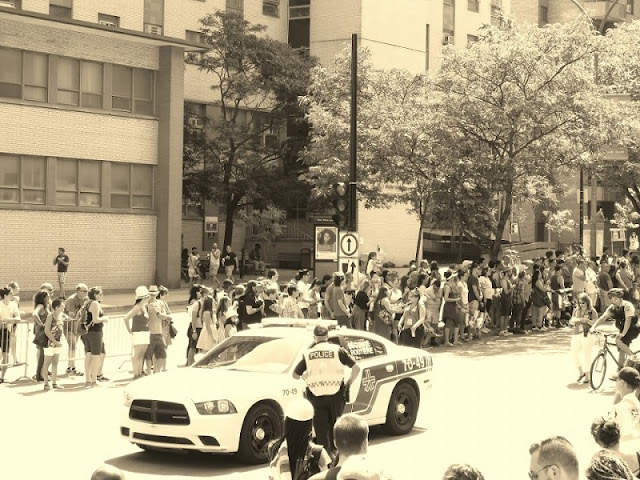The crime statistics required by the Feds don't tell the whole story
With the growing awareness of crime on campus, safety is joining curriculum, quality and social life as one of today's hot student concerns. Here we offer some tips for picking a safe campus.
Don't assume campus crime statistics give a complete picture of a college's safely record: Since 1992, federal legislation has required schools to report on the numbers of murders, forcible sex offenses, non forcible sex offenses, rapes, robberies, aggravated assaults, burglaries, motor-vehicle thefts, and liquor-law, drug, and weapons violations. However, schools are not required to report larceny., which Lizotte contends accounts for about 80 to 90 percent of campus crime. Moreover, college staff who are responsible for counseling students do not have to report crimes that they become aware through the course of their work. For instance, when a student who is sexually assaulted goes to a rape counseling center instead of the campus police, this offense may end up not being tallied by the college.
Schools also are not obligated to report crimes involving students which occur off campus. As a result, a school where a large number of students live in the community may have low crime statistics and appear safe, whereas a school where the majority of students live in college dorms may have relatively high crime statistics and appear unsafe, warns Lizotte. Keeping all of this in mind, what Lizotte looks for in the numbers is the incidence of drug, alcohol, and firearms violations. “If those three things are high,” he says, “then everything else is likely to be high.”
 |
| Police protecting a parade. Photo by Elena. |
Check out community crime rates: They may be a more important consideration because colleges generally have on average one-tenth of the crime found in the surrounding community. Lizotte advises. To check a town's crime rates, look it up in the FBI's Uniform Crime Report at the library. But aware that in a big city these statistics may make a school appear unsafe even though it is in safe part of town. For students who plan to live off campus. Carl Stokes says that campus security usually can tell students which areas of town cause the local police the most trouble.
Check on a campus's physical safety features: Good outdoor lighting systems have become standard on most college campuses. Many schools also have emergency call boxes placed around the campus, and some have begun to give their students beepers which can send a distress signal to campus police. Others have installed electronic door locks that require students to enter a special code or use their student ID to gain access to dormitories. A number of these systems alert campus security if doors are propped open for a certain length of time.
Ask if the college has a crime awareness program: It's an indication that a school is serious about preventing crime. A school has to try actively to counteract adolescent naiveté. College students are perfect targets, because they are imbelievably bad at protecting their property. They leave their doors unlocked at night and leave $2,000 notebook computers on the desk in the library while they go and get a drink of water.”
No comments:
Post a Comment
You can leave you comment here. Thank you.